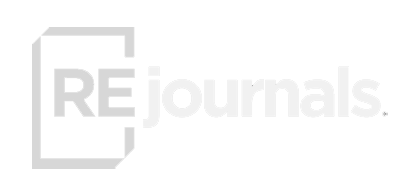$1,238 1Q 2024
2.3%
92.2% 1Q 2024
-40 BASIS POINTS
8.4% (FEB 2024)
8.1% (FEB 2024)
* Please note that these employment figures have been adjusted for seasonal variations and are based on Moody’s Analytics forecast as of January 1, 2024.
** Please note that these unemployment rates are estimates that have not been adjusted for seasonal variations, and they are derived from Moody’s Analytics forecast as of January 1, 2024.
QUARTERLY DEMAND
QUARTERLY COMPLETIONS
In the first quarter of 2024, the Indianapolis apartment market exhibited strong demand, with over 1,100 units newly occupied. This level of absorption significantly exceeded typical first-quarter figures, underscoring the market’s robustness. Out of 24 submarkets in Indianapolis, 17 experienced positive net absorption during Q1 2024, with Fishers/Noblesville leading by recording 295 net new units occupied.
In Q1 2024, the Indianapolis apartment inventory grew by 1,541 units, with the Carmel / Zionsville / Westfield submarket accounting for half of these additions. Consistent with historical trends, the suburbs of Indianapolis, particularly the Carmel area, remain key a development area, contributing 20.6% of the new inventory over the past year. Johnson County also saw significant activity, accounting for approximately 19.5% of the recent completions.
The resurgence in rental demand that began last year, has continued into this year, with Q1 2024 marking the third consecutive quarter of positive net absorption in the Indianapolis apartment market, following a year-long streak of quarterly negative absorption in 2022. However, even with this notable improvement, the introduction of new units led to a slight quarterly decrease in the average market occupancy rate to 92.2%. On the localized level, nineteen of the twenty-four submarkets experienced annual drops in occupancy, though with varied degrees of declines. North Madison County outperformed the broader metro with a high occupancy rate at 98.4%, with four other submarkets exceeding 95.0%. Conversely, Northeast Marion County faced significant challenges, with 199 net move-outs this past year, marking it as the area with the lowest occupancy rate at 87.5%.
Average Monthly Mortgage Payment
While national rent growth has languished with a sub 1.0% annual increase over the past three quarters, Indianapolis has consistently outperformed, maintaining an annual growth rate above 2.0% during the same period. Last quarter, Indianapolis ranked thirteenth among the 50 largest U.S. apartment markets with a 2.3% increase in the first quarter of 2024, raising the average rent for new leases to $1,238. Unlike many markets that are reverting to or falling below their long-term averages, Indianapolis continues to exceed its historical average growth rate of 2.0%. All submarkets in Indianapolis, except the Downtown area, which experienced a 1.2% decline, reported year-over-year rent increases. Putnam County led the growth with an impressive 8.5% increase.
Average Monthly Rent
In the first quarter of 2024, the Indianapolis apartment market saw a substantial 35% increase in sales volume of single-asset conventional multifamily properties, reaching $188.5 million. This performance not only marked an improvement over the same period in 2023 but also exceeded the pre-COVID five-year historical average for the first quarter, which stood at $122.2 million. The number of property transactions doubled from the previous year to 12, reflecting an active market for deals despite tighter capital market conditions. Indianapolis’s solid market fundamentals and a manageable construction pipeline are attracting investors. The increase in transactions within the Indianapolis market can largely be attributed to its dominance by private investors, who are generally more willing to accept a slightly higher level of risk compared to institutional investors. Amid the shifting dynamics of capital markets, institutional capital has largely moved to the sidelines. This trend is evident in markets with more active institutional involvement, which have experienced reduced transaction activity in recent quarters.
*Most Active Buyers and Sellers are based on the sale volume of apartment units.
* Trailing 4Q average PPU
* Preliminary Data from RCA – Individual transaction $2.5M +
Please note that the income and expense data presented in this section is sourced from third-party providers. Our firm does not provide any warranty or guarantee as to the accuracy or reliability of this information. We recommend that users exercise their own discretion and professional judgment when interpreting and utilizing this data.
| Income Assumptions | Value / Unit | Year Change (%) |
|---|---|---|
| Rental Income / Occupied Unit | $1,088.39 | 8.8% |
| Recoverable Expenses / Occupied Unit | $61.54 | 14.3% |
| Other Income / Occupied Unit | $73.05 | 4.3% |
| Total Income / Occupied Unit | $1,222.98 | 8.8% |
| Rental Income | $1,000.02 | 8.3% |
| Recoverable Expenses | $56.55 | 13.8% |
| Other Income | $67.13 | 3.8% |
| Total Income | $1,123.70 | 8.3% |
| Operating Expenses | Value / Unit | Year Change (%) |
|---|---|---|
| Payroll | $120.70 | 6.5% |
| Repairs & Maintenance | $47.20 | 9.8% |
| Leasing | $52.27 | 4.9% |
| General | $21.23 | 3.4% |
| Marketing & Advertising | $14.40 | 13.4% |
| Repairs & Maintenance | $122.35 | 10.3% |
| Cleaning | $18.16 | 4.1% |
| Roads & Grounds | $22.83 | 8.7% |
| General | $81.36 | 12.1% |
| Administrative | $35.73 | 8.2% |
| Security | $4.74 | 12.9% |
| General | $30.99 | 7.6% |
| Management Fees | $46.60 | 9.2% |
| Utilities | $82.90 | -1.9% |
| Electric | $16.11 | -16.4% |
| Gas | $4.30 | -12.9% |
| Water/Sewer | $62.49 | 3.4% |
| Real Estate & Other Taxes | $110.32 | 8.3% |
| Insurance | $46.88 | 31.0% |
| Other Operating Expensees | $0.90 | |
| Total Operating Expense | $580.78 | 8.4% |
| Value / Unit | Year Change (%) | |
| Net Operating Income | $542.92 | 8.1% |
|---|
As 2024 progresses, the Indianapolis apartment market remains robust, supported by strong economic and job growth. Despite a slight dip in occupancy rates to 92.2%, demand for rental properties continues to be high. The influx of new units in burgeoning areas such as Carmel, Zionsville, Westfield, Fishers, and Noblesville reflects growing investor confidence and suggests potential for further market expansion. Indianapolis is bolstering its reputation as a top job market, thanks to local policies that attract new businesses and create diverse employment opportunities, particularly in the Professional and Business Services sector—a key driver of future apartment demand. Additionally, Indianapolis has recently outperformed many of the nation’s largest apartment markets in terms of rental growth, highlighting its market strength. These factors collectively foster a positive outlook for the Indianapolis apartment market, emphasizing its resilience and potential for continued growth.


















